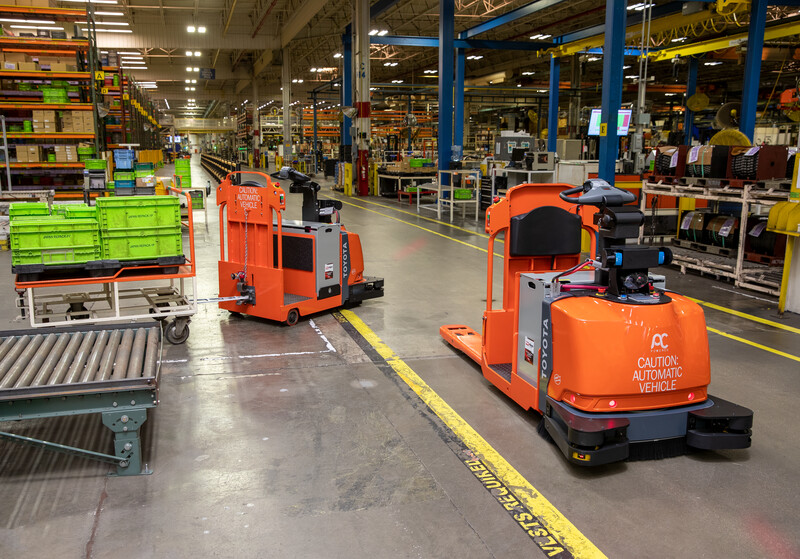In the world of material handling, technological advancements are continuously reshaping traditional processes. One such innovation that’s rapidly gaining traction is the use of Automated Guided Vehicles (AGVs). These autonomous vehicles are revolutionizing the way materials are moved within warehouses, distribution centers, and manufacturing facilities. In this blog, we’ll delve into the rise of AGVs and explore their impact on material handling operations.
The Evolution of AGVs
Automated vehicles have come a long way since their inception in the mid-20th century. Initially developed for simple tasks like towing, they have evolved into sophisticated machines capable of navigating complex environments with precision and efficiency. Early Automated vehicles relied on wires or tracks embedded in the floor for guidance, but advancements in sensor technology have enabled the development of more flexible and adaptable navigation systems, such as laser guidance, vision-based navigation, and magnetic tape guidance.
Key Benefits of AGVs
The widespread adoption of AGVs can be attributed to their numerous advantages:
1. Increased Efficiency: AGVs operate 24/7 without breaks, leading to faster and more consistent material movement.
2. Enhanced Safety: By reducing the need for human intervention in material handling tasks, they minimize the risk of accidents and injuries in the workplace.
3. Optimized Space Utilization: AGVs can navigate narrow aisles and tight spaces, maximizing the use of available storage space within facilities.
4. Flexibility and Scalability: These vehicles can be easily reprogrammed and redeployed to accommodate changing production demands or facility layouts.
5. Data-driven Insights: Many AGVs are equipped with sensors and telemetry systems that provide real-time data on material flow, allowing for continuous optimization of operations.
Applications of AGVs in Material Handling
AGVs are versatile machines that can be customized to suit a wide range of material handling tasks:
– Transportation: AGVs can autonomously transport raw materials, components, and finished products between different areas of a facility, including storage areas, production lines, and shipping docks.
– Pallet Handling: They are sometimes equipped with forks or clamps can pick up, transport, and stack pallets, eliminating the need for manual pallet handling and reducing the risk of product damage.
– Order Fulfillment: In e-commerce fulfillment centers, these machines play a crucial role in picking, packing, and shipping orders, increasing throughput and reducing order processing times.
-Assembly Line Support: AGVs can deliver materials and components to assembly lines, ensuring that production processes run smoothly and efficiently.
The Future of AGVs
As technology continues to advance, the capabilities of these vehicles will only grow. Future developments may include the integration of artificial intelligence for advanced decision-making, the use of collaborative robots (cobots) to work alongside AGVs, and the adoption of swarm robotics for coordinated material handling tasks. Additionally, AGVs are likely to play a pivotal role in the transition towards fully automated warehouses and smart factories.
The rise of automated vehicles represents a paradigm shift in material handling, offering businesses a powerful tool to improve efficiency, safety, and flexibility. As automated technology continues to evolve, organizations across industries will increasingly rely on these autonomous vehicles to streamline their operations and stay competitive in the ever-changing global marketplace. By embracing Automation, businesses can navigate the future of material handling with confidence and efficiency.
